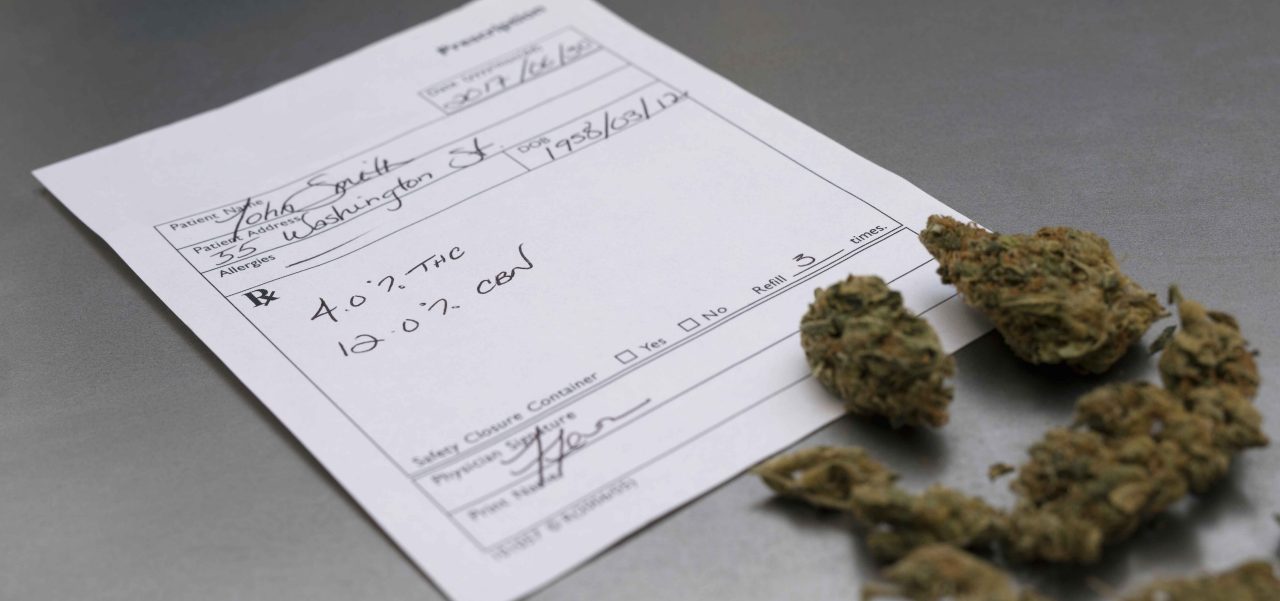Medical Marijuana Laws Cut Opioid Use

Making it easier and legal to treat pain with medical marijuana cuts back on the use of prescription painkillers. But it’s still not clear how well the remedy works or its risks.
The evidence is accumulating: laws allowing doctors to prescribe marijuana lead to patients taking fewer opioids.
In the most recent study researchers examined what happened after dispensaries for medical marijuana opened in a state: opioid prescriptions filled under Medicare statewide dropped by nearly 4 million daily doses per year. Another study also found lower use of opioids in states that allow recreational marijuana.
On average, from 2010 to 2015, people filled prescriptions for more than 23 million daily doses of opioids in each state under Medicare each year. But when residents had legal access to marijuana, those numbers dropped. In the 24 states with active dispensaries, 3.742 million fewer daily doses were filled each year. That included a 17.4 percent drop in hydrocodone and a 20.7 percent drop in morphine prescriptions patients filled.
YOU MIGHT ALSO LIKE: Marijuana’s Effect on the Brain
Last May, the same researchers reported an analysis of Medicaid — not Medicare — data from 2007 to 2014, noting a drop in prescription painkillers and significant savings. “If all states had had a medical marijuana law in 2014, we estimated that total savings for fee-for-service Medicaid could have been $1.01 billion.”
The same team found notable savings on prescription drugs in Medicare in the states with new medical marijuana laws back in 2013.
It’s important to realize that prescription painkiller users and marijuana users overlap. Because prescription painkillers often do not work well over time for chronic pain, people go searching for other options. Many add in some marijuana, looking for relief.
Also, some of the drops in painkiller use may come when patients switch not to marijuana but to heroin or something else.
However, there’s also evidence that medical marijuana laws are associated with fewer opioid hospitalizations and overdoses.
A study published in April last year, by a different team, concluded that in states with new medical marijuana laws, hospitalizations for opioid problems dropped by 23 percent.
A 2014 study looked at the effect of medical marijuana laws on opioid overdoses. Compared to the rest of the nation, in the decade beginning in 1999, states with medical marijuana laws had 24.8 percent fewer deaths related to opioids on average each year. The pattern of fewer deaths rose to nearly 34 percent in the fifth year after a new law goes into effect, this team concluded.
Does marijuana really help chronic pain? A review of the evidence published last year from a team at the U.S. Veterans Administration was skeptical. It stated: “Virtually no conclusive information exists about the benefits of cannabis in chronic pain populations.”
The team did find “low-strength” evidence that marijuana or extracts help people with neuropathy, pain from damaged or misfiring nerves.
The American Academy of Pain Medicine has noted that even in states with medical marijuana laws, the fact that it remains a restricted drug under federal law places “physicians in a difficult ethical and legal position when contemplating recommending cannabinoids for their patients.” It urged federal agencies to change the law so that marijuana can be better-investigated and regulated.
Updated:
April 02, 2020
Reviewed By:
Janet O’Dell, RN